“…….The term “magic coins” used throughout this volume of Joe Cribb is an invented name for the objects being discussed only. Covarrubias used the term “magic coin” to describe the pieces he was told about (Cavarrubias 1937, p. 142) . Hobart also chose the word “magically” to convey her informant’s description of the power of the coins (Hobart 1987, p. 189). Rentes stated that the pieces he saw ‘never used in currency, but, purely for magical purposes’ (Rentes 1936, p. 302). He also used the Malay word ‘keramat’ to identify the magical power which the coin embodied . The equivalent word in Javanese is ‘ kasekten’ (meaning supernatural power) (Koentjaraningrat 1985, p. 412)…..”
Joe Cribb in his volume, page 82, “…….‘Magic Coins of Java, Bali and the Malay Peninsula” mentioned that : “….The use of coin-like charms in China was a very powerful custom which gave rise to the creation of a large and diverse range of designs, seeking many different benefits for their owners. The custom also spread to Japan, Korea and Vietnam, adding to the range of designs and functions. Examples invoking the forces of Confucianism, Daoism, Buddhism and Shintpism are documented (Hou 1975; Wang 1997, pp 150-5; Cribb 1986, pp 153 and 156; Cribb 1986 ; Thiery1987; Kugahara 1972)……”
Cribb must have confused over the real teaching of Buddhism and Taoism, also between the Confucianism and Buddhism, and between the Buddhism and China folk custom, folk lore. For instance, in the real Buddhism world and promoting, Buddhism never used such so-called coins-like as “Buddhism amulets “ as many described
This is a highly misleading statement made, which may cause a lot of misunderstanding of their so-called academic study of “magic coin” and “Flower Money” of China community were practicing, since early Han Dynasty, which North Song officially documented in “ “Chuan Zhi” by Hong-Jhun and Encyclopedia of Ancient Coinage” by Ting Fok-Poh.
MAM prefers this naming of ‘ magic coins’ for China coin-like be originally termed as “Flower Money” which can be categorized into 9 Category with 42 functional purposes, ( in Chinese, called : ) ,
from human being of their “Life, Ageing, Sick and Die” closely linked with their living environment, beings, planet, gods and devils, animal and lives on earth, underwater or space, its materials used consists of gold, silver, bronze, copper, lead & tin.
Here, MAM must clarified that Buddhism never in any form to encourage this kind of folk religious ceremony or for any personal ritual offering
In fact, what all read and were told are some form of Taoism religious function, and mostly are conducted for local folk customs. Hence, never have any of ‘Buddhism amulet” be created or issued by Buddhism temples or organizations or private communities.
s, as superstition is strictly prohibited from Buddhism.
MAM should advised those academic researchers and archaeologists of these magic coins that the word of “Buddhism amulets” (page 88, Cribb volume, refer to Thailand Tambiah case of age and authenticity of an amulet used in Thailand ) should not be used to describe these magic coins for charm or temple ritual offerings, as this is highly sensitive issues of describing these ‘magic coins ‘ especially of Chinese-style’ be confused with real teaching of Buddhism, as what Joe explained early!
Again, Joe Cribb related the “…Islamic magic coins from the Malay Peninsula (Series 17 & 18) (Page 88) were designed to meet the requirement of users…..in the Malay Peninsula such activities are identified as magical because the deities invoked are not part of Islam, the socially and officially recognized orthodox religion of the region. In some senses it is the popular or folk religion of the Malays – as distinct from orthodox Islam, but it involves Islamic beliefs while also carrying traces of the earlier religion of the local peoples, a mixture of Hinduism, Buddhism and local shamanic beliefs. These systems were reinforced by the immigration of Javanese during early nineteenth century…”
MAM would also like to see clarification from Joe Cribb that MAM never seen these so-called “Islamic magic coins from the Malay Peninsula” , as what Joe mentioned, also never be found any of this kind in Melaka discovery since 1969-2004.
We also doubted in some aspects of what Joe researched in the above paragraph, regarding the mentioned “Islamic magic coins of Malay Peninsula”. These “ Islamic magic coins” is definitely very much different from what MAM found in the areas of Melaka, especially those categories of Malacca Sultanate Period, we termed as “Islamic Money” and “Animal Money”, either in form of their designs, materials used.
Question now is: Can these officially issued, government-backed monetary of China Copper Cash Coins be classified and categorized as “Magic Coins” or “ as “Charm “ or “ Temple Offerings ” or “Ritual Ceremonial “ or personal “Amulets” just because they are used and found in many religious and ritual purposes recently or reported ?
This is the key question MAM would like to seek clarification and explanation from those always claimed & termed the “Melaka animal money” as “Magic Coins” or “For Charm or religious Offerings purposes ”?
Where are the archives or official documents did reported these animal money were found and used for ritual or religions purposes, or for personal charm and amulet?
When and where these animal money were discovered and proved to be used for these purposes? All parties claims need more comprehensive academic materials and solid archaeological data or environmental evidence to substantiate it.
Or, it is most appropriate and more professionally and ethically to categorize these currency used in any religious and ritual purposes, is due it Royal authority and Royal power endorsed by those Kings, Emperors or Sultans, Rajas, to exorcise their most feared gods and devils, as what China copper cash coins be used widely in Nusantara and Mainland China for Taoism religious functions and ritual purposes?
MAM also never come across any official documents or archive of Malaysia, or from London, or China regarding these “ animal money” has been used in any religious functions, communities ritual or celebration purposes. Here, MAM prefer to jointly conduct further study and comprehensive academic research and archaeological study for these controversial issues, with PERZIM and Muzium Negara or any other relevant interested parties, either from domestic or overseas, or jointly.
MAM has put up this Proposal officially to PERZIM of Malacca State Government, also to Muzium Negara of Federal level.
Datuk Chan Teck Chan, JP
President of MAM
Committee Member of ICOMON (Money & Banking), UNESCO, United Nations
Subscribe to:
Post Comments (Atom)
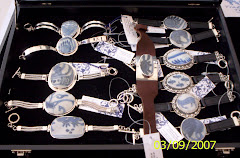


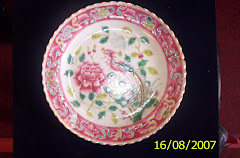


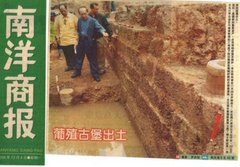
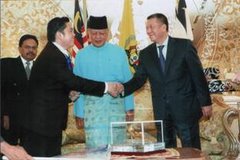


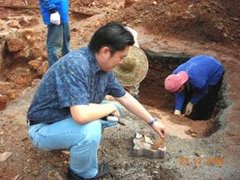
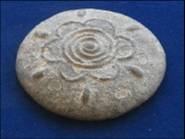


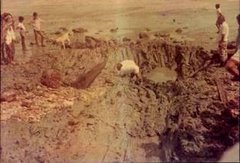

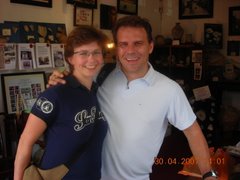
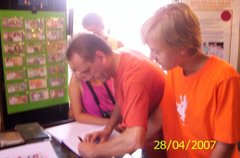
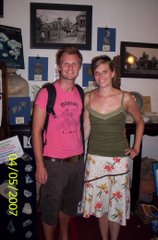
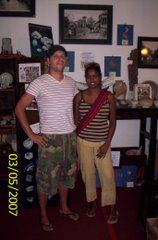
No comments:
Post a Comment